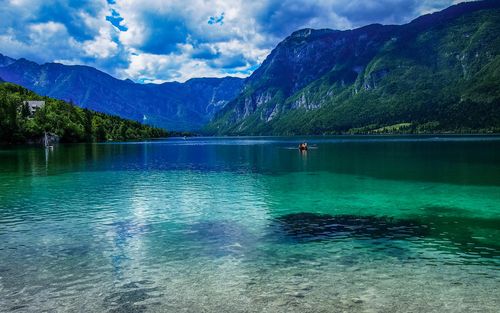Virtual reality (VR) content creation has been on the rise in recent years, with numerous industries utilizing it for educational, marketing and entertainment purposes. However, creating VR content can be a challenging task that requires a high level of expertise, creativity, technology and resources. In this blog post, we will look at some of the challenges of virtual reality content creation and how to overcome them.
1. Technical complexity
One of the significant challenges of VR content creation is the technical complexity involved. It requires knowledge in a variety of areas such as programming, 3D modeling, and video editing. Without the relevant skills, it can be tough to create immersive and engaging VR content. However, this challenge can be overcome by partnering with professionals who possess the necessary expertise, or by taking online courses or tutorials to strengthen your skills.
2. High cost
Creating VR content can be an expensive process. The equipment and software required to develop VR content are often costly. Outsourcing services and hiring professionals with the right skills may also be expensive for small businesses or individuals. However, VR headsets and camera equipment are becoming more accessible, and it is increasingly feasible to create VR content independently. Also, there are community-hosted VR projects that provide opportunities for collaboration and support.
3. Limitations of current technology
Despite the considerable advancements in VR technology, there are still some limitations when it comes to creating VR content. For example, the resolution and frame rate of VR content are not yet as good as traditional digital media such as 2D videos or images. As a result, the images on VR devices may not be as sharp or crisp as we are used to seeing on our TVs. However, as the technology continues to improve, the limitations will likely reduce, providing greater opportunities for content creators.
4. Motion sickness
Another challenge with VR content creation is the potential for motion sickness. When the visuals on the VR headset fail to match the user’s physical body’s movements, it can cause significant discomfort, often leading to motion sickness. One way of overcoming this challenge is by focusing on the areas where motion sickness is most prone to occur, such as decreasing camera speed and reducing camera counts. Creators should avoid triggering “motion-breaking” prospects that cause balance instability for users watching the content.
In conclusion, VR content creation is a fascinating field with numerous opportunities for creative experimentation and innovation. Although there are significant challenges associated with this form of content creation, it is not impossible to overcome them. By staying up-to-date with the latest tools, skills, and technologies, focusing on user safety, and collaborating with professionals, creators can achieve awe-inspiring outcomes.
(Note: Do you have knowledge or insights to share? Unlock new opportunities and expand your reach by joining our authors team. Click Registration to join us and share your expertise with our readers.)
